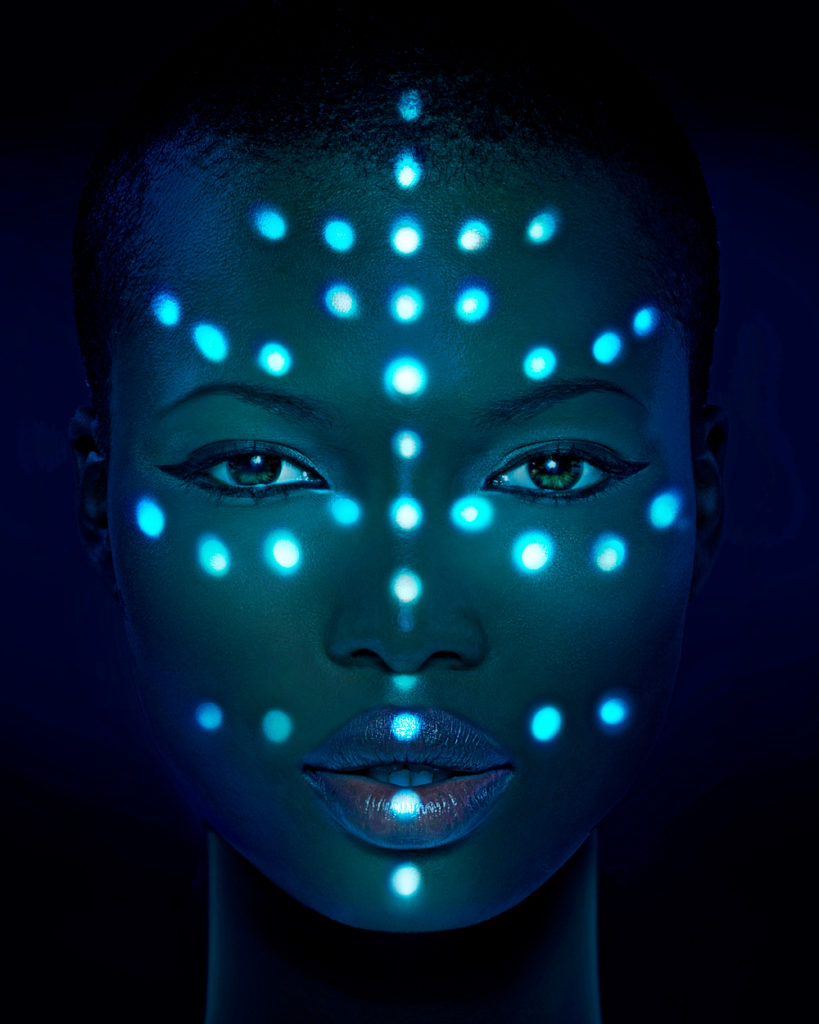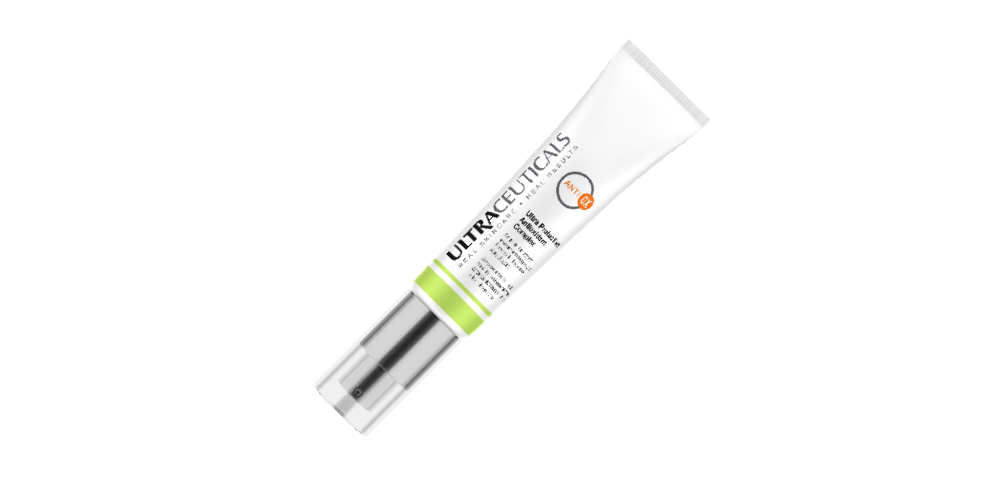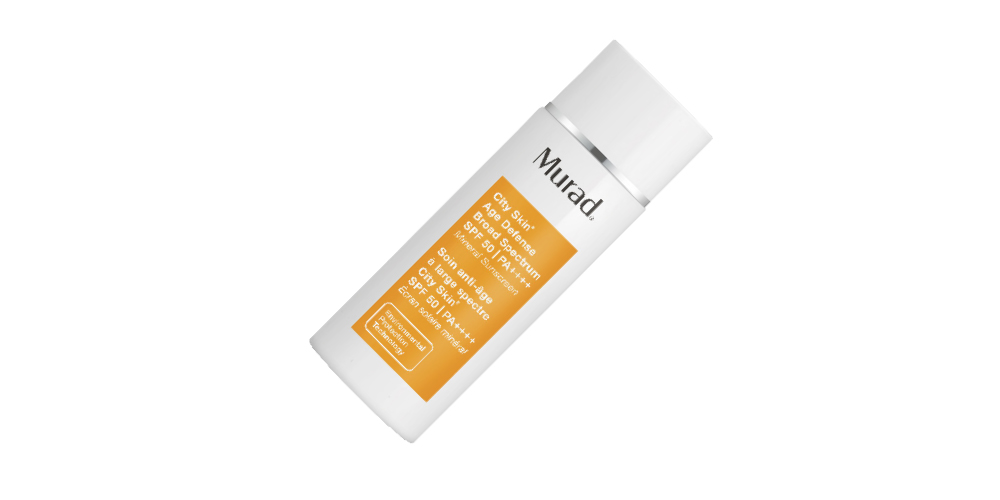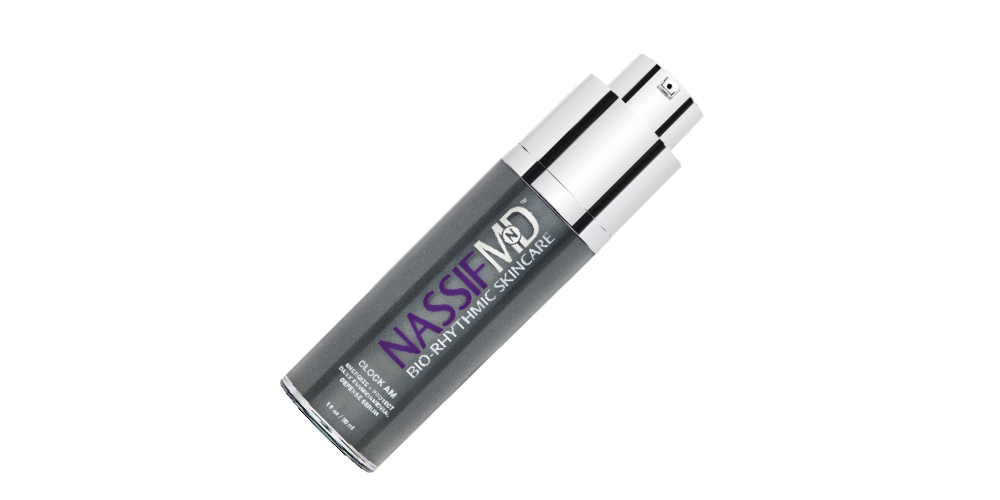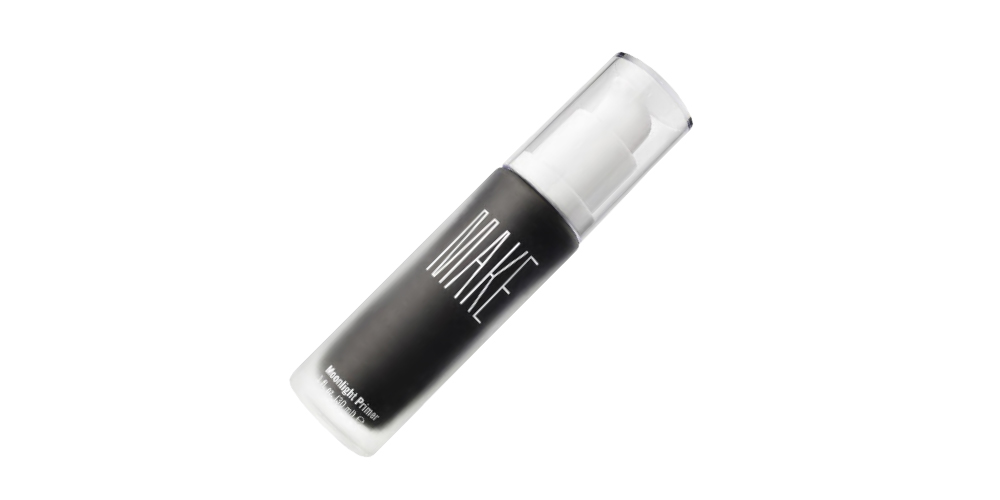
Technology has plenty to offer us, but one downside to our screen dependence could be an unexpected level of damage to our skin.
If you’ve ever been tempted to try a digital detox, now might be the time. Just when you’ve learned the difference between mineral and chemical sunscreen, and adopted a charcoal scrub to remove the day’s build-up of particle pollution, it’s fairly disquieting to learn there’s a new ‘environmental’ aggressor said to be impacting the health of your skin.
The downside is that you’re reading this on a phone or computer rather than a printed page, because the latest beauty intel is enough to make anyone want to toss their tech in a lake.
Research from scientists and dermatologists has suggested that the HEV (high-energy visible) light — sometimes referred to as ‘blue light’ — that’s emitted from the screens of devices such as computers, smartphones, laptops and tablets could be even more damaging to skin than the sun.
“This light from our phones, tablets, computers, laptops and TVs has also been shown to generate more ROS (reactive oxygen species) than UVB and UVA combined.”
Now, we’re not yet comparing a selfie to a day in the sun — the key words here are “could be”. Large, wide-scale studies on the long-term effects of HEV are yet to be undertaken, but recent analysis deserves some consideration.
“Visible blue light (any wavelength the eye perceives as blue to violet) has one of the shortest, highest-energy wavelengths, able to penetrate the skin more deeply than UVB and UVA rays,” says Asia Pacific global educator for Murad skincare David G Whyte, whose statements are backed by several studies published in reputable medical journals.
“This light from our phones, tablets, computers, laptops and TVs has also been shown to generate more ROS (reactive oxygen species) than UVB and UVA combined. Sometimes referred to as free radicals, these ROS attack healthy cells and lessen these cells’ ability to repair themselves.
“Excessive blue light accelerates the oxidation process,” explains Whyte. “It stimulates the skin causing hyperpigmentation and inflammation, and damages the skin barrier making it more prone to signs of ageing.”
While the light is proven to make these changes, the seriousness of the health risks this poses is still being investigated. A study conducted by Murad’s parent company Unilever suggests that spending four eight-hour work days in front of a computer exposes you to the same amount of energy as 20 minutes in the midday sun.
“Blue light emitted from a TV screen across the room can still have an impact.”
Because studies are ongoing, with some commissioned by skincare companies, it’s hard not to wonder about bias, or to give definitive recommendations. One suggestion gathering steam is to use a skincare product with ingredients designed to block the HEV light. Murad’s answer is its City Skin Age Defense, which protects from a wide range of environmental aggressors, such as the sun and pollution particulate, as well as HEV. The key ingredient here is lutein, an antioxidant carotenoid pigment extracted from marigold petals.
However other products, often from dermatologist’s own brands, and this time containing melanin fragments (also designed to shield from HEV) are emerging too. This kind of protection is looking increasingly likely to be a skincare focus in 2018 and beyond.
Another way to minimise damage from HEV light is to use skincare with antioxidant ingredients that help combat the impact free radicals can have.
Wondering what happens on those skincare-free duvet days when your laptop is your bedmate, or those evenings after cleansing when you spend an hour or more in the dark with your phone inches from your face? Yep, proximity combined with lack of protection is an issue too, according to Whyte.
“Obviously, the closer you are to the device, the more likely you are to get a concentrated dosage,” he says. But blue light emitted from a TV screen across the room can still have an impact.
Given blue light has also been linked to eye strain and sleep disruption, another suggestion is to install a blue-light filter on screens you use regularly, or implement functions such as Night Shift on an iPhone so the screen emits less blue light.
All this on top of already reported phenomena such as tech neck, cellphone squint and RSI, and it’s enough to make you pick up a book instead.
How to combat this blue light?
Scroll for our beauty editor’s top picks to protect your skin from damage.


